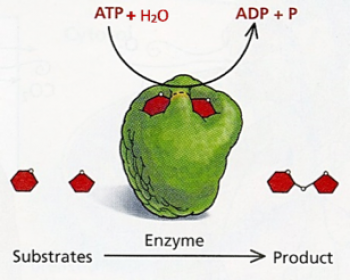Serendip is an independent site partnering with faculty at multiple colleges and universities around the world. Happy exploring!

An Ethnography: The ‘Talking Head’ Video as a Form of Text
An Ethnography: The ‘Talking Head’ Video as a Form of Text
This paper builds upon my last paper for this class ‘My Experiment’ which took the form of a glog-and-video combination that tested out how my own personal learning as well as the learning of my audience is affected by the medium through which I presented my paper. Conversations were sparked after I published this paper to the class’ Serendip site and this paper is part, my own ‘lived experience’ and observations of user behaviours and part analysis of processing and learning from the ‘talking head’ videos that have grown in popularity over the video-sharing website, YouTube.

"Why not revel in the alternatives?"
If I were still putting together lecture notes to share with y'all, I'd be sure to mention a New Yorker article called "The Possibilian," about a neuroscientist named David Eagleman who says that "Science had taught him to be skeptical of cosmic certainties.... From the ..'alien computational material' [that is brain tissue] to the mystery of dark matter, we know too little about our own minds and the universe around us to insist on strict atheism.... 'And we know far too much to commit to a particular religious story.' Why not revel in the alternatives?....'Part of the scientific temperament is this tolerance for holding multiple hypotheses in mind at the same time.....





